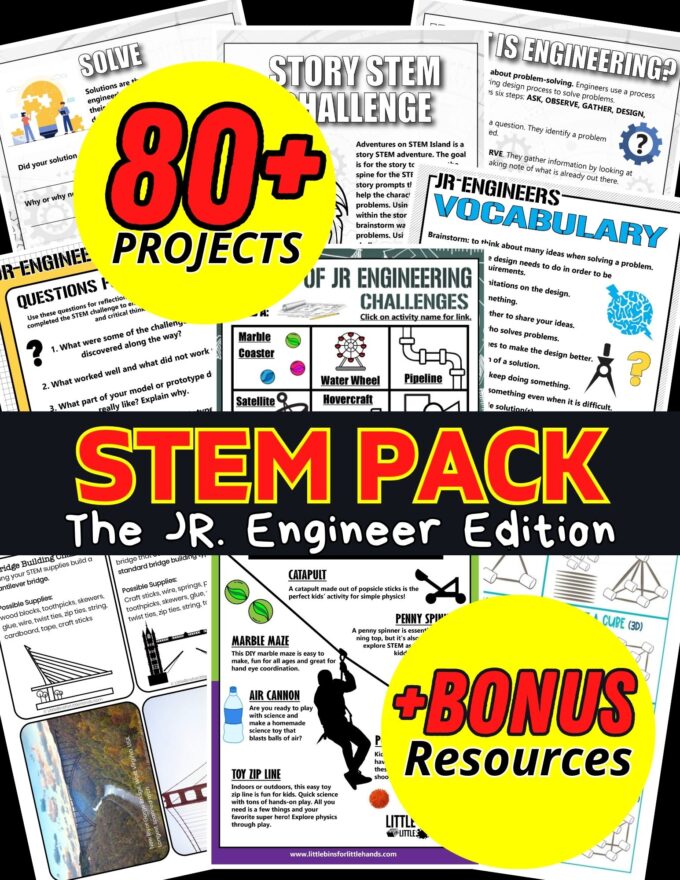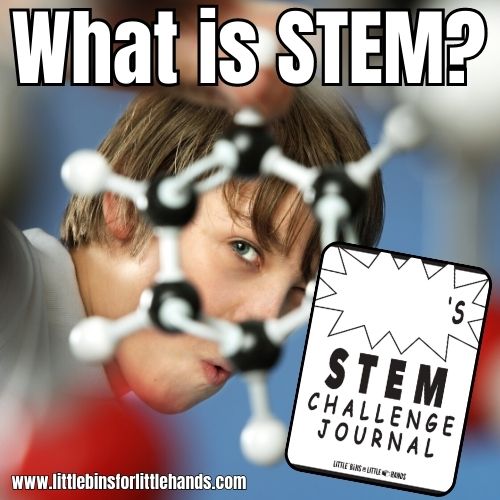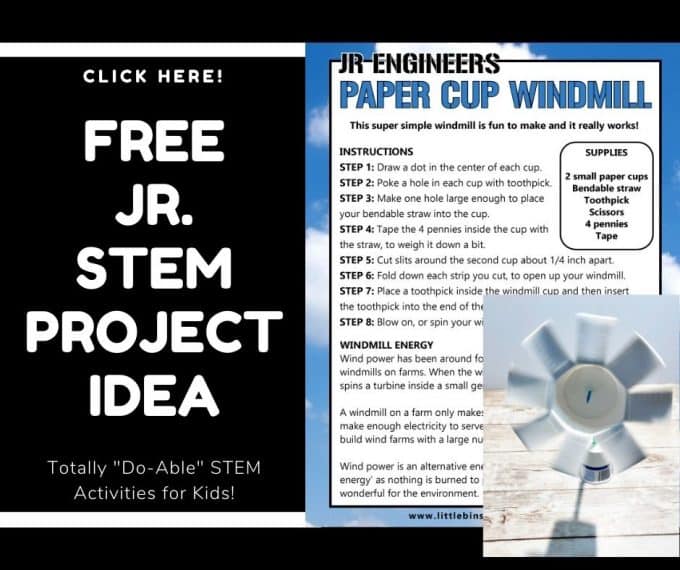Traditionally windmills were used on farms to pump water or grind grain. Today’s windmills or wind turbines can use the wind’s energy to generate electricity. Find out how to make your own windmill at home or in the classroom from paper cups and a straw . All you need are a few simple supplies to get started. We love fun, hands-on STEM projects for kids!

How Does a Windmill Work?
Wind power has been around for a long time. You may have seen windmills on farms. When the wind turns the blades of a windmill, it spins a turbine inside a small generator to produce electricity.
A windmill generates power by harnessing the energy of the wind. It consists of several important components that work together to produce electricity. The most recognizable part of a windmill is the large, rotating blades that catch the wind. These blades are shaped in a way that allows them to capture as much wind energy as possible.
A windmill on a farm only makes a small amount of electricity. To make enough electricity to serve lots of people, utility companies build wind farms with a large number of wind turbines.
ALSO CHECK OUT: How To Make A Water Wheel
As the wind blows, it creates a force that pushes against the blades, causing them to spin. This spinning motion is transferred through a shaft to a generator located inside the windmill’s housing. The generator is a device that converts mechanical energy (the spinning motion) into electrical energy.
Inside the generator, there are coils of wire and magnets. When the blades spin, they cause the magnets to move past the coils, creating an electrical current. This current flows through wires and is then channeled into batteries or the electrical grid to power homes, schools, or other buildings.
Wonderful for the environment, windmills are considered a clean and renewable energy source because they do not produce greenhouse gas emissions or rely on fossil fuels. They use the Earth’s natural wind resources to produce electricity, making them a sustainable option for generating power.
STEM ACTIVITIES FOR KIDS
So you might ask, what does STEM stand for? STEM is an acronym for science, technology, engineering, and math. The most important thing you can take away from this is that STEM is for everyone and it doesn’t have to be complicated! Yes, kids of all ages can work on STEM projects and enjoy STEM lessons.
Learn more about “What is STEM?” here.
STEM is everywhere! Just look around. The simple fact that STEM surrounds us is why it’s so important for kids to be a part of, to use, and to understand STEM.
From the buildings you see in town, the bridges that connect places, the computers we use, the software programs that go with them, and the air we breathe, STEM is what makes it all possible.
Interested in STEM plus ART? Check out all our STEAM Activities!
Engineering is an essential part of STEM. What is engineering in kindergarten, preschool, and first grade? Well, it’s putting together simple structures and other items and learning about the science behind them. Essentially, it’s a whole lot of doing!
Learn more about what is engineering.
Look for more STEM and Engineering Resources below, including many free printables.
FREE Windmill Project Guide!
HOW TO BUILD A WINDMILL
Note: While we have built a model and provided step-by-step instructions to guide you along the way, your kids may have a completely different design they want to try. Go for it!
SUPPLIES:
- 2 small paper cups
- Bendable straw
- Toothpick
- Scissors
- 4 pennies
- Tape
INSTRUCTIONS
STEP 1: Draw a dot in the center of each cup.
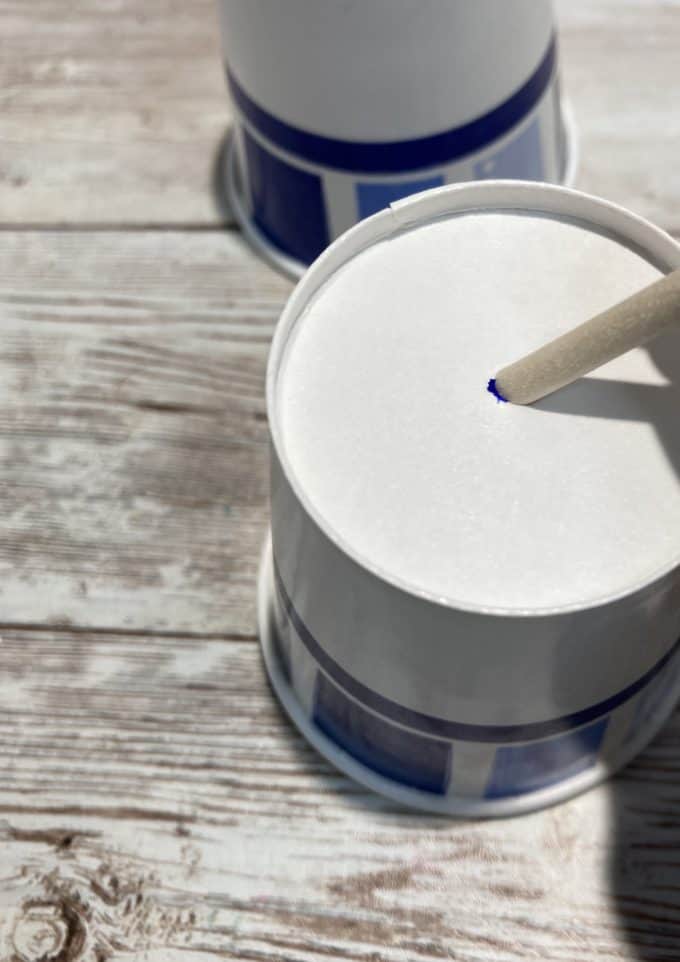
STEP 2: Poke a hole in each cup with toothpick.
STEP 3: Make one hole large enough to place your bendable straw into the cup.
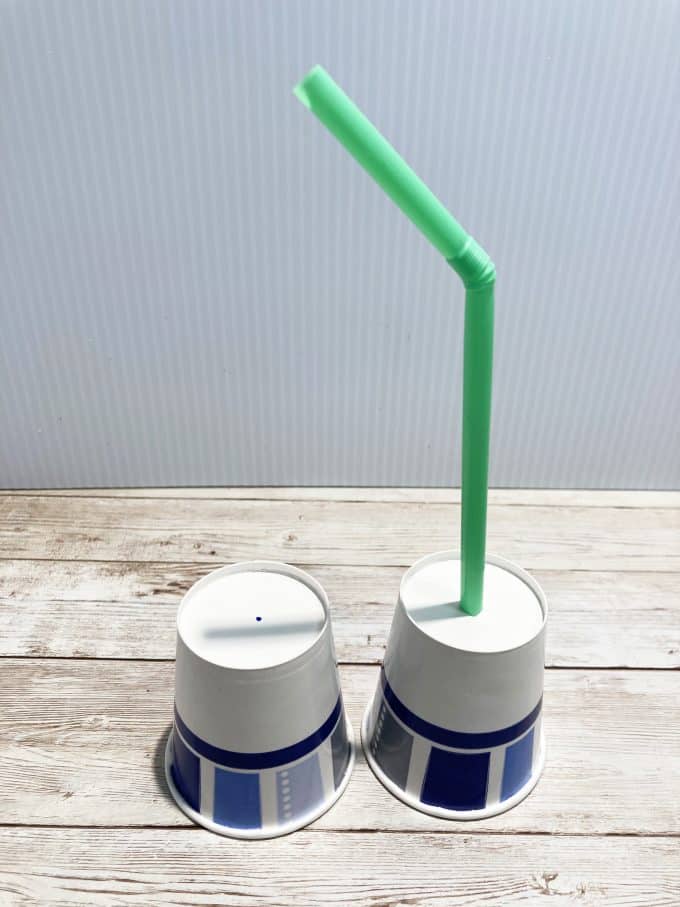
STEP 4: Tape the 4 pennies inside the cup with the straw, to weigh it down a bit.

STEP 5: Cut slits around the second cup about 1/4 inch apart.
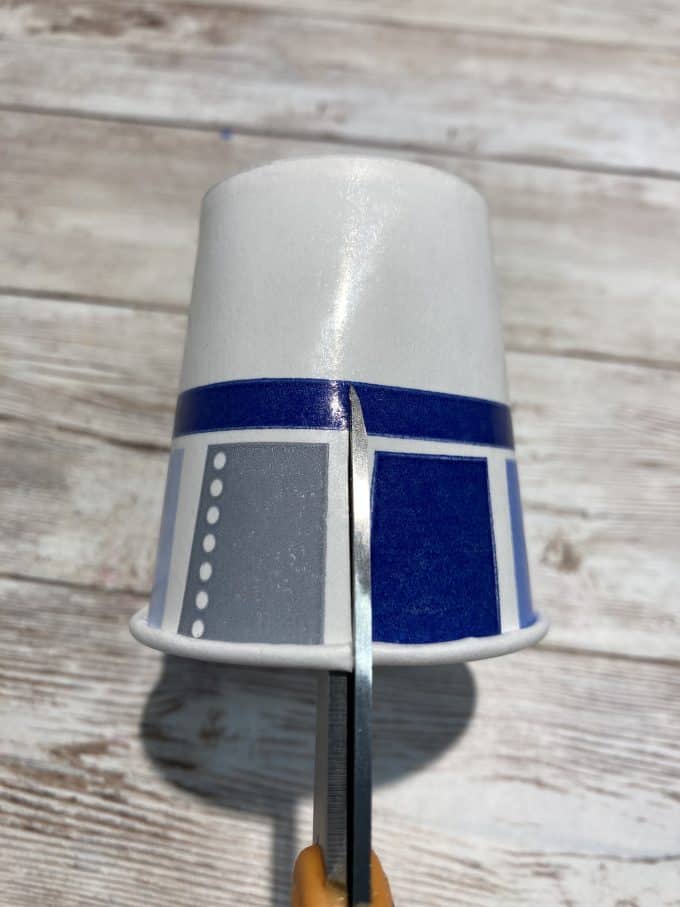
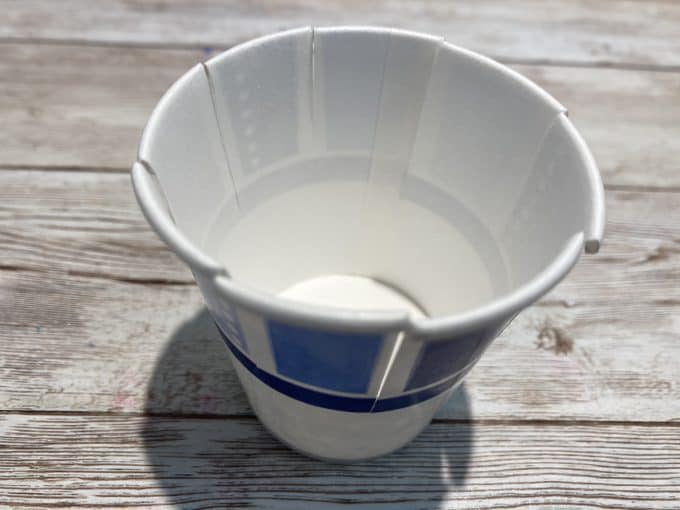
STEP 6: Fold down each strip you cut, to open up your windmill

STEP 7: Place a toothpick inside the windmill cup and then insert the toothpick into the end of the bendable straw.
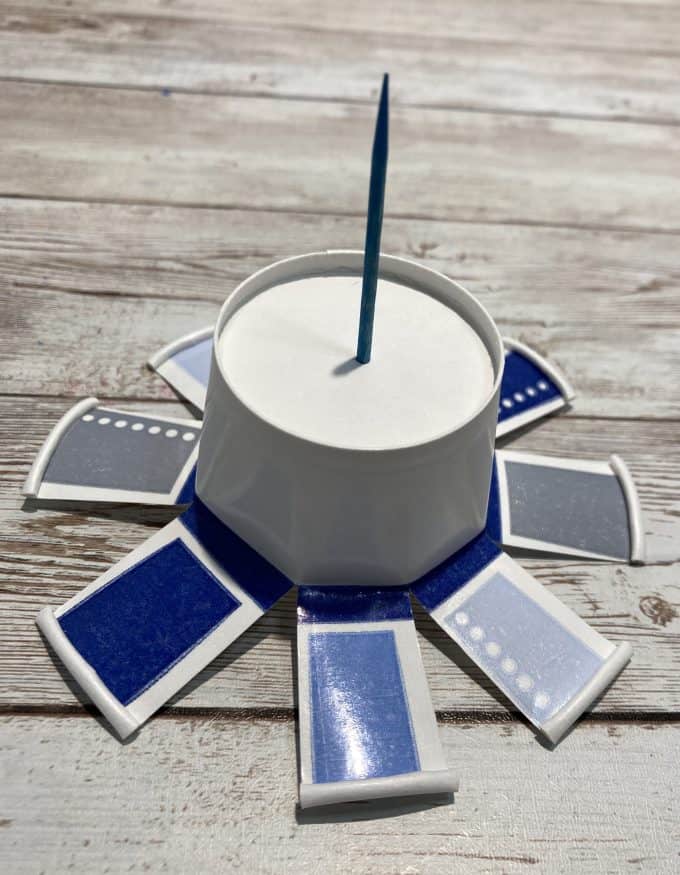
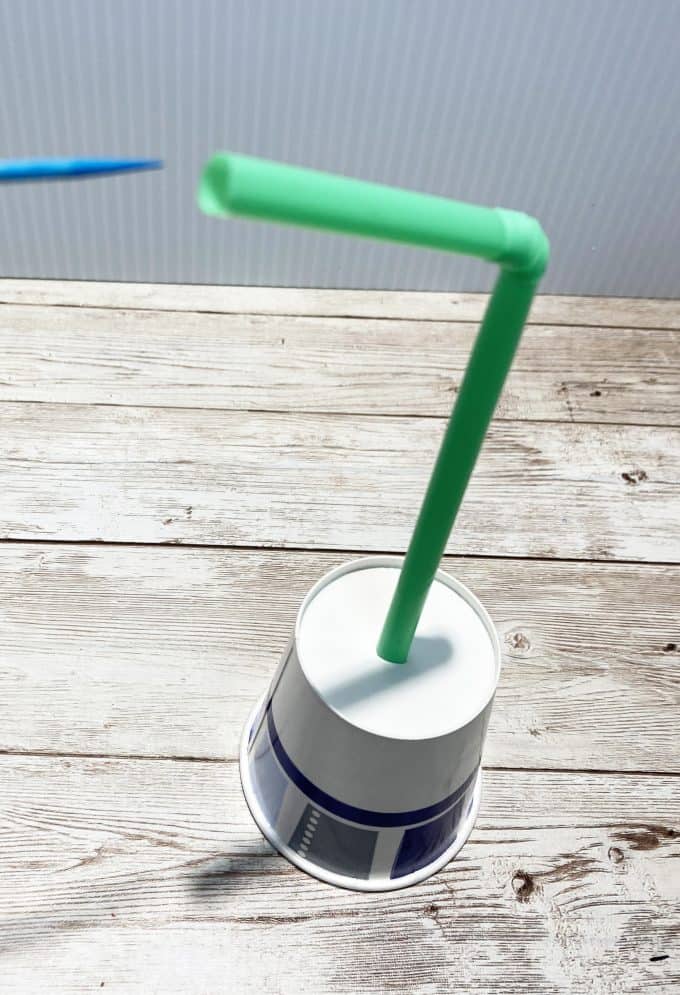
STEP 8: Blow on, or spin your windmill and watch it go!
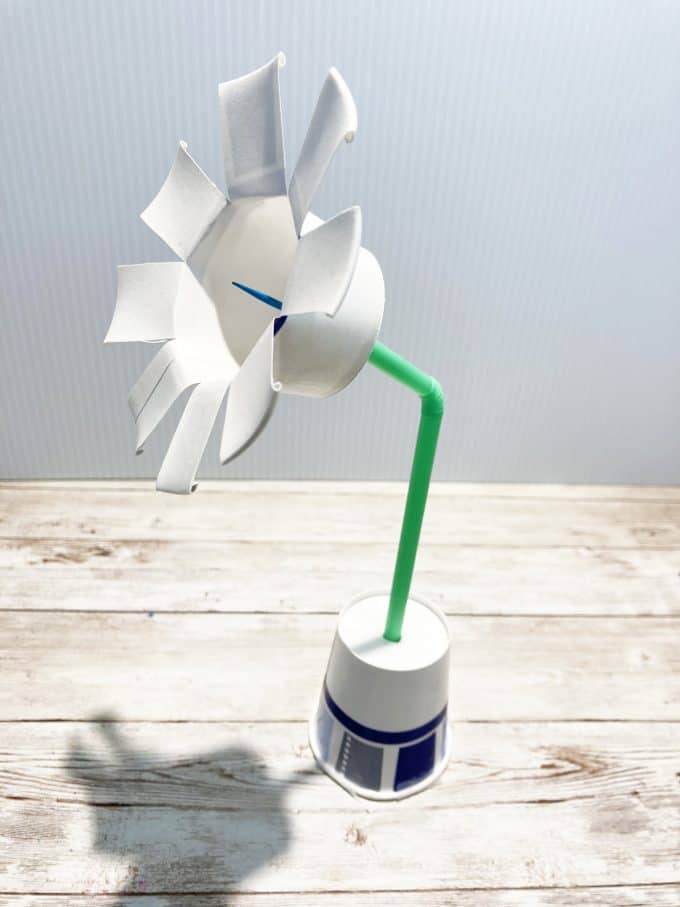
More Fun Things to Build
Build your own mini hovercraft that actually hovers.
Be inspired by famous aviator Amelia Earhart and design your own paper plane launcher.
Make your own paper Eiffel tower with only tape, newspaper and a pencil.
Make this super simple water wheel from paper cups and straw at home or in the classroom.
Explore the power of the wind with a simple wind vane or a DIY anemometer.
Find out how a wind tunnel works!
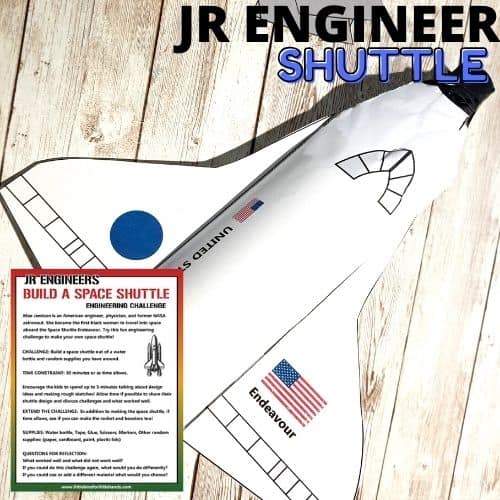
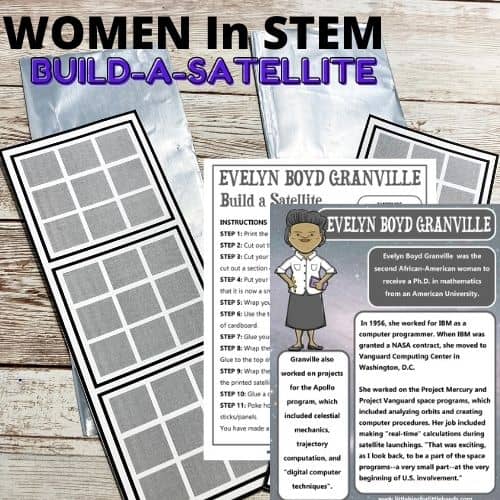
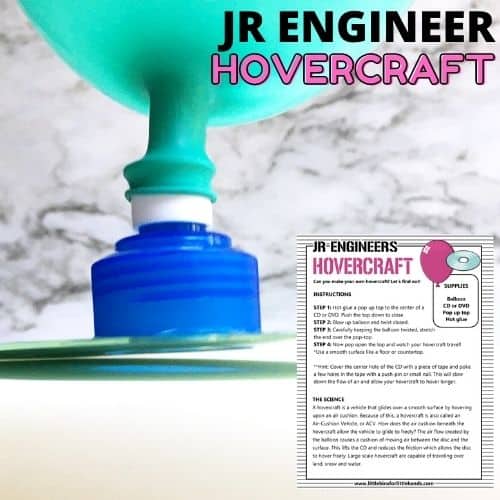
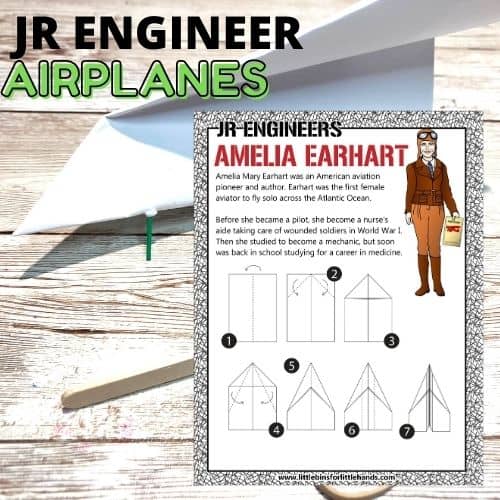
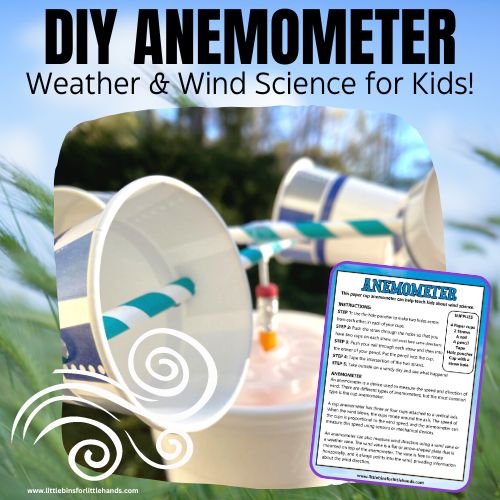
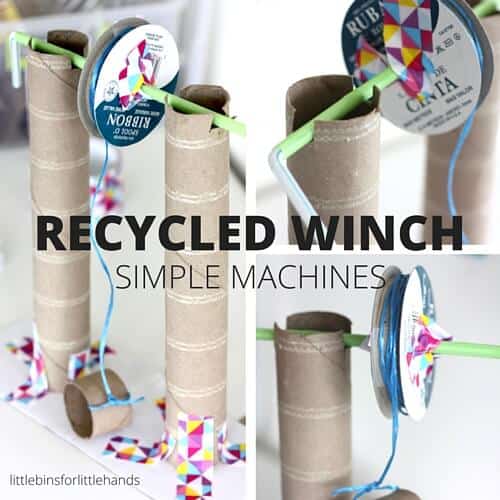
More Engineering Resources
Below you’ll find various engineering resources to supplement the many engineering projects on the website. From the design process to fun books to key vocabulary terms…you can feel confident providing these valuable skills. Each one of the resources below has a free printable!
ENGINEERING DESIGN PROCESS
Engineers often follow a design process. There are many different design processes that all engineers use, but each one includes the same basic steps to identify and solve problems.
An example of the process is “ask, imagine, plan, create, and improve.” This process is flexible and may be completed in any order. Learn more about the Engineering Design Process.
WHAT IS AN ENGINEER?
Is a scientist an engineer? Is an engineer a scientist? It might not be very clear! Often scientists and engineers work together to solve a problem. You may find it hard to understand how they are similar yet different. Learn more about what an engineer is.
ENGINEERING BOOKS FOR KIDS
Sometimes the best way to introduce STEM is through a colorfully illustrated book with characters your kids can relate to! Check out this fantastic list of teacher-approved engineering books, and get ready to spark curiosity and exploration!
ENGINEERING VOCAB
Think like an engineer! Talk like an engineer! Act like an engineer! Get kids started with a vocabulary list that introduces some awesome engineering terms. Make sure to include them in your next engineering challenge or project.
QUESTIONS FOR REFLECTION
Use these reflection questions below with your kids after they have completed a STEM challenge. These questions will encourage discussion of the results and increase critical thinking skills. These questions or prompts will help to promote meaningful discussions individually and in groups. Read the questions for reflection here.
Printable STEM Pack for Kids
80+ Doable Engineering Projects in one convenient pack!
- Full instructions with sample images
- Activity-specific instruction sheets
- Data Collection Sheets
- Questions for Reflection
- Architecture Building Cards: Try the tallest tower challenge
- Bridge Building Cards: Explore different types of bridges to build your own.
- Paper Chain STEM Challenge: Who can make the longest chain? Great icebreaker or quick challenge!
- 3 Little Pigs Architectural Pack: Design a house that won’t blow away!
- Great marshmallow challenge: A classic challenge kids love!
- Real-world STEM challenge lesson but don’t know where to start? Our easy-to-follow template shows the steps!
- What’s the difference between a scientist and an engineer?
- Crossword and word search with engineering vocabulary.
- Engineering vocabulary cards
- Design a one-of-a-kind invention and write about it with this 5-page activity!
